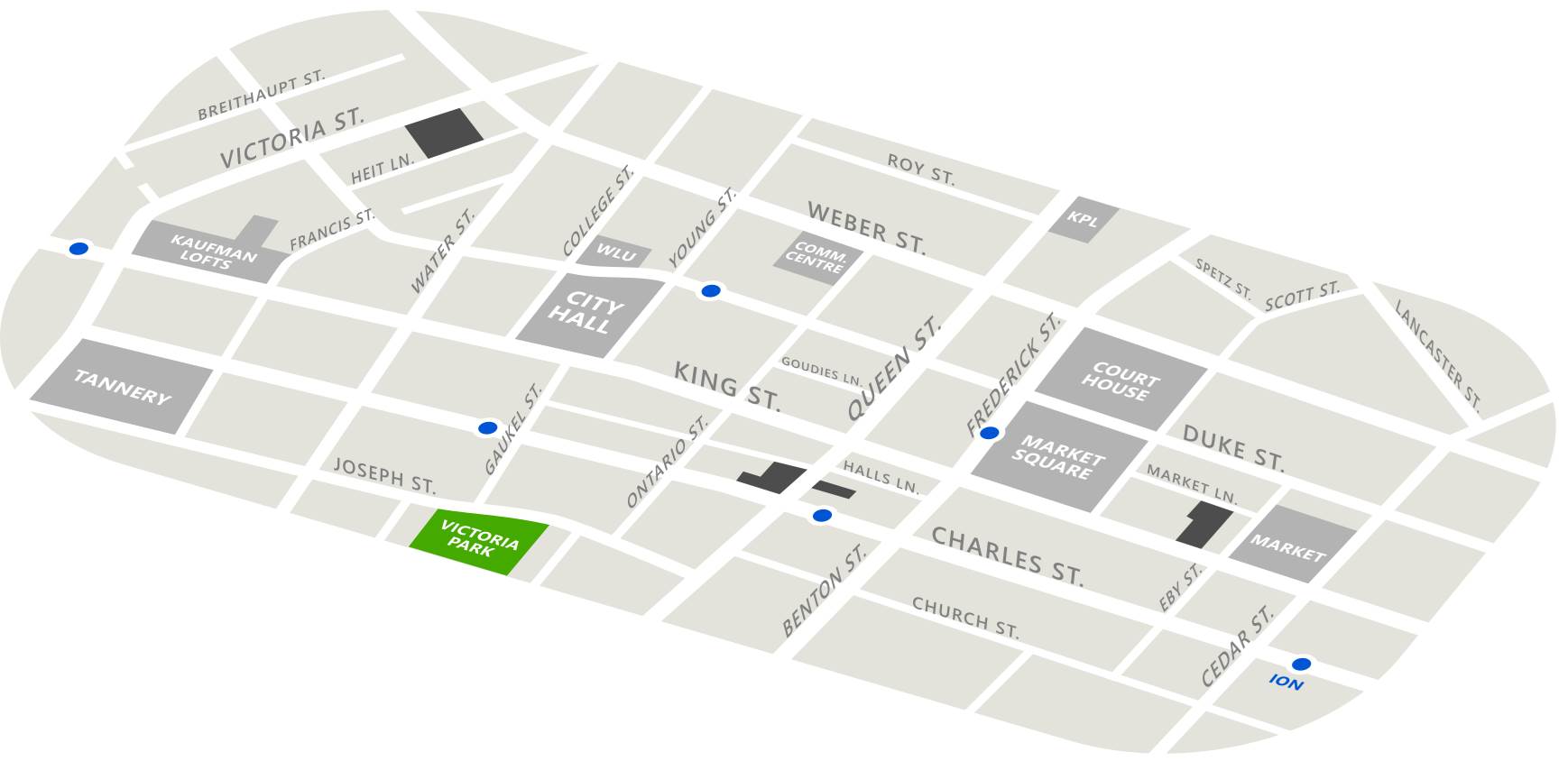By Chad McCordic
Published in June 2005
In late March, I left Camp Ganadaoweh exhausted, bewildered, and excited. I felt a part of something important, and if it was not an earth-shaking event, The Justice re:Action camp had moved me.
When I arrived there, after a whirl-wind of planning, I decided that I would not look at the camp in terms of objectives. I would listen. It may seem strange to help plan a federally funded earpiece for youth in conflict with the law, but that’s how I felt. From the beginning of the first group discussion it was becoming clear that if nothing else, these youth who had been ignored by so many had our complete attention.
Listening was a big part of my camp experience. Thrust into the “Camp Leader” role, I spent my nights in the cabin with “the boys”. At two in the morning, in a room full of sleeping at-risk youth, one develops an acute hearing ability that makes sleep a wistful afterthought.
Titles like “Camp Leader” soon be-come unnecessary, though, as youth became their own leaders. An incident arose involving theft; tension was thick. Earlier that day, the youth had been introduced to an Aboriginal tool, the talking stick. They gathered together in a circle, passed the stick to those who wished to speak, and resolved the problem calmly. I was in awe, and I heard a police officer overwhelmed to the point of tears. These youth were building a caring community from the ground up, right in front of our eyes. They just needed the tools to build it.
On the day we were all to leave, questions followed everyone back to Kitchener. Was this simply an “event”, an inspiring moment apart from all of our daily realities? The excitement was palpable, but could it last?
Since then, some youth have met together fairly regularly to discuss justice issues that affect street youth. A “rights card” is being developed, that illustrates the rights of local street youth in a relevant way. Discussions with local security officers are taking place so that we can have an open dialogue between them. Many of the youth have found employment, and others have found permanent housing. They now have the tools, and everyone is still listening.
Much has been accomplished, and much has been documented. But nothing could ever capture the feeling of the camp, the frantic feeling of being at the epicentre of social change. It moved us all.
